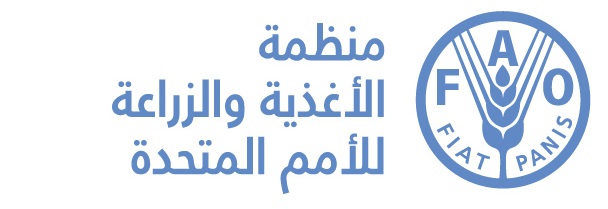Absence of Grapevine fanleaf virus from Australia
- old revision
- Publication Date
- خميس, 25 يونيو 2015, 13:57
- اخر تحديث
- يونيو 25, 2015, 1:57 م
- Report Number
- AUS-67/1
- الدولة
- Australia
- Report Status
- Final
- Hosts
- Grapevine propagative material, Grape seeds
- Pest Status (old values from ISPM 8 -1998 )
-
- Absent: pest no longer present
- Pest Status (ISPM 8 - 2021)
-
- Absent: pest no longer present
- ملخص
Grapevine fanleaf virus (GFLV) was previously recorded in South Australia and Victoria (Taylor 1962; Taylor and Hewitt 1964; Meagher et al. 1976; Cirami et al. 1988). There are three unconfirmed records of GFLV in New South Wales from 1927, 1972, 1989 on the Australian Plant Pest Database (PHA 2001) identified by symptoms. There are no other reports of this virus in New South Wales. Up to 2001, Waite Diagnostics had sampled over 5000 assays of grapevine from New South Wales, Victoria, South Australia and Western Australia and only four of the samples tested positive for GFLV (two from South Australia, two from Victoria) (Habili et al. 2001). In South Australia, GFLV affected grapevines were found in the absence of their known vector Xiphinema index (Cirami et al. 1988; Habili et al. 2001). The two grapevines that tested positive for GFLV in South Australia (2001 and prior) were destroyed. The known vector, X. index, is absent from South Australia. Since 1997, under the testing of the Australian Vine Industry Improvement Association, 2,000 samples per year are tested for GFLV in South Australia without detection. In Victoria, GFLV and its vector occurred only in the Rutherglen district and quarantine restrictions prevented their movement to other regions (Krake et al. 1999; Habili et al. 2001). There have been no official reports of GFLV in Victoria (Rutherglen) since the 1960s and it is thought that GFLV is no longer present in the area due to the removal of infected plants. In recent years, there have been no reports of fanleaf disease in South Australia or Victoria (Constable et al. 2010), despite routine surveillance, domestic testing and post-entry quarantine pathogen screening. Therefore, GFLV is considered absent from Australia.
References Cirami RM, van Velsen RJ, Niejalke J (1988) Grapevine virus indexing in the South Australian Vine Improvement Scheme, 1974-1987. Australian Journal of Experimental Agriculture 28: 645–649. Constable FE, Nicholas P, Rodoni BC (2010) Development and validation of diagnostic protocols for the detection of endemic and exotic pathogens of grapevines. Department of Primary Industries, Victoria. Habili N, Rowhani A, Symons RH (2001) Grapevine fanleaf virus: a potential threat to the viticultural industry. The Australian Grapegrower and Winemaker 449a: 141–145. Krake LR, Steel-Scott N, Rezaian MA, Taylor RH (1999) Graft transmitted diseases of grapevines. CSIRO Publishing, Collingwood, Victoria. Meagher JW, Brown RH, Taylor RH, Harris AR (1976) The distribution of Xiphinema index and other parasitic nematodes associated with grapevines in north-eastern Victoria. Australian Journal of Experimental Agriculture and Animal Husbandry 16: 932–936. PHA (Plant Health Australia) (2001) Australian Plant Pest Database. www.planthealthaustralia.com.au/appd Accessed November 2013. Taylor RH (1962) Grapevine viruses in Victoria. Journal of Agriculture, Victoria 60: 336. Taylor RH, Hewitt WB (1964) Properties and serological relationships of Australian and Californian soil-borne viruses of the grapevine and Arabis mosaic virus. Australian Journal of Agricultural Research 15: 571.
- Danger
- Determination that the pest is no longer present.
- Contact for info
- Australian Chief Plant Protection Officer Australian Government Department of Agriculture GPO Box 858 Canberra ACT 2601 [email protected]
- Report files
- الموقع
- Issue keywords
- Commodity keywords

